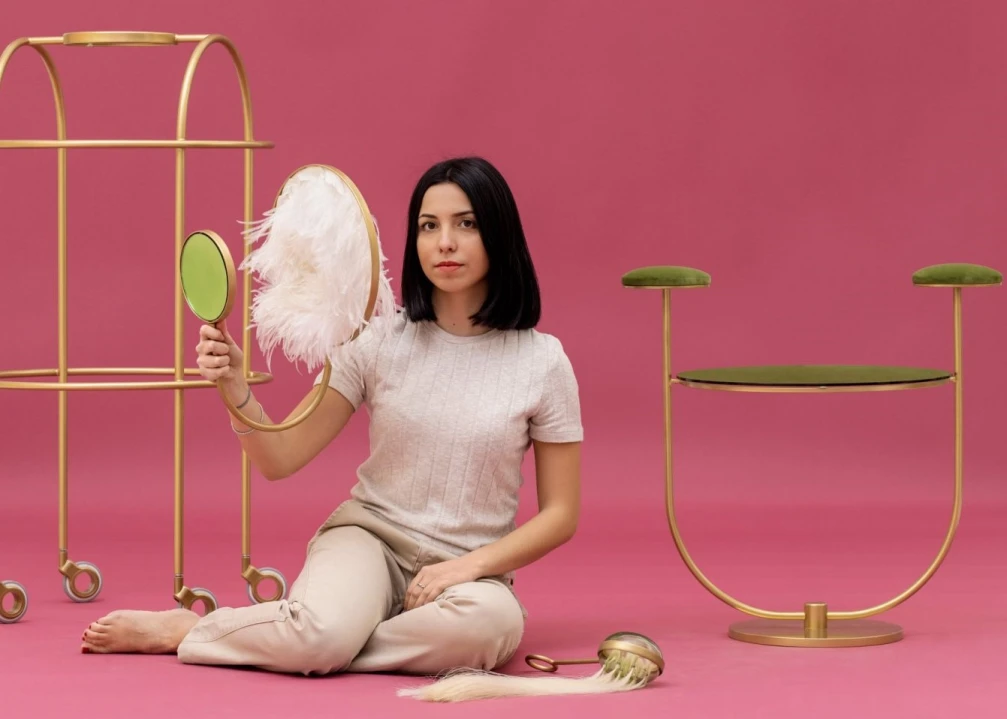It is not a fresh new that overall the population in the world is getting older; though the problem is common to several areas of the world when taking a closer look at regional data, Europe is leading this demographic shift. According to UN data, the continent is not only old in its incredible history, is home to the oldest population of the world: 1 in 4 E.U. citizens is age 60 and above.
The problems for societies with an uneven age population are several and very diverse, the problem is that nowadays the average birth rate is 1.6, far lower than the 2,1 births per women needed to sustain one generation with the next: the future looks bleak.
Today the average age in the E.U is 41,8 years old, at the growing rate described above by 2050 the average age will be 52, while worldwide the average age of the population will be 60 years old. Italy alone has 23% of the population that is over 65 years old, preceded only by Japan.
Which could be the consequences of this big grey tsunami? Let’s leave behind the economic uncertainty that such a scenario represents for any society when it comes to who and how is going to take care of this big part of the population and let's focus on a more intimate, yet unspoken, consequence of this situation: emotional wellbeing among elderly people. This group of people is subject to live alone and suffer from solitude.
While population ages, which are the changes in the way affection is expressed and how this shift can have an effect on a relationship? Why is there a taboo when it comes to elders and affection, passion and also sex?
Elena Tamburini and Italian designer investigated the effect of ageing and how an inevitable aspect of everybody’s life, growing older, interferes in the love life of elder people. Elena soon realized that designers will be dealing with an increasingly expanding target of people over 60. A group of potential users and consumers charged with very specific demands and needs, some of them being socialization and affectivity.
Elena designed a series of objects thought to help older people to stimulate a healthy relationship with their body and with their partner; each object represent a daily gesture of affection and intimate display, Based on the research of Elena and the interaction with elderly people Elena designed:
-Otello is a mirror designed to imitate the feeling of caress
-Filomena is a brush stimulating the skin with senses
-Alvise is a coffee table encouraging couples to interact by holding hands
-Mirella is a walking frame for a couple who still desires dancing together.
The collection, called Filotea, has influences from the 1920’s aesthetics, using materials typical of that period such as brass and glass, circular and elegant shapes. Each object was designed by Elena but developed and made by Italian artisan to preserve typical Italian craftsmanship.
We can only speculate how the life of elderly people will be in 30, 40 or 50 years from now. Probably we will have more AI support in several aspects of our lives, making daily chores and errands easier because carried out by humanoids-robot or because the Internet of Everything as almost every aspect of our household will be somehow computerised.
However the success of technology won’t guarantee emotional wellbeing, therefore designers need to investigate what can be done to get in touch with our feelings. Elena might be right: in an hyper-technological society, stimulating the sense of touch or looking at someone in the eyes could be a forgotten but very intimate gesture.




